Best Space Programs in the World

The primary goal of space exploration is to advance scientific science, bring diverse nations together, and ensure humanity's long-term existence. A ‘Space Race' between the United States and the Soviet Union fueled the early age of space exploration (the 1950s). Most countries already have space agencies that operate under a set of laws and policies. More than 70 federal space agencies and a slew of commercial firms are actively working on space-related projects. In terms of accomplishment, skills, and annual budget, a handful of them are well ahead of the rest.
Posted On May 14th, 2021

SpaceX
Formed in the year 2002, SpaceX is the most profitable private aerospace manufacturer and space transportation services provider in the United States. Their key goal is to lower the cost and increase the reliability of room access. The team at SpaceX has changed people's minds with their passion, determination, and hard work. Elon Musk (CEO) announced the design mission of the Mars Transport System programme in 2016. He launched an upgraded device configuration, now known as the Big Falcon Rocket, a year later (BFR). It will be the world's first and entirely reusable spacecraft, with a launch date in the early 2020s. In 2022, the organization expects to land two unmanned cargo ships on Mars using BFR. They want to send four more ships to Mars in 2014, including the first humans.
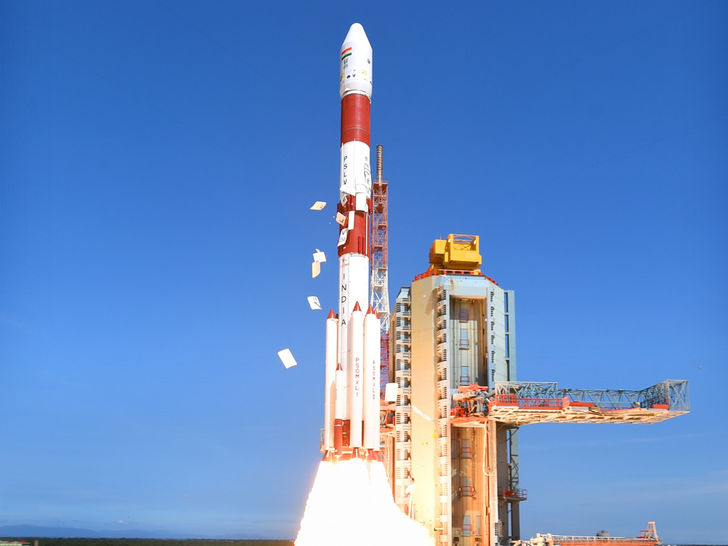
Indian Space Research Organization (ISRO)
Though undertaking planetary exploration and space science studies, the Indian Space Research Organisation uses space technology for national advancement. It was established in 1969 with a $1.5 billion annual budget. On a national and international basis, they have carried out several large operations. The agency operates a constellation of multipurpose geostationary satellites (INSAT) and remote sensing satellites (IRS) to meet the country's growing telecommunication and Earth observation needs. It also creates application-specific satellite software and products to aid weather forecasting, mapping, GIS, telemedicine, and search and rescue operations.
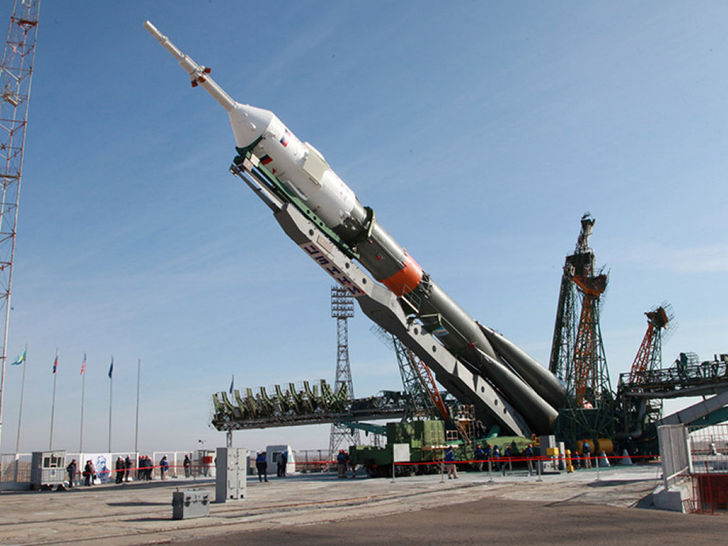
Russian Federal Space Agency (Roscosmos)
Roscosmos is Russia's central coordination centre for all sorts of space operations. It engages in a range of civilian operations, such as astronaut programmes and Earth observation, and oversees military launches with the Russian Federation's Defense Ministry. Roscosmos was established in 1992. It was a radically different period, shortly after the Soviet Union Program ended. Now, the agency conducts its rocket flights, such as GLONASS navigation satellites, telecommunications satellites, and military satellites, as well as providing launch services to other countries. It also devotes a limited part of its money to the International Space Station. In cooperation with ESA, Roscosmos is currently working on the ExoMars project, which aims to locate signs of life on Mars. They're still working on a completely robotic lunar base called Luna-Glob, which will start operating in the early 2020s.

European Space Agency (ESA)
The European Space Agency (ESA) is a 22-member diplomatic body. The agency will coordinate operations and services well beyond the reach of any single European nation by combining the intellectual and financial capabilities of all members. The European Space Agency (ESA) is a significant donor to the International Space Station. It has been engaged in unmanned exploration missions to the Moon and other planets, telecommunication, launch vehicle development, and Earth observation since its inception. Ariane, the agency's launch system, has undergone several generations of growth over the last four decades.

China National Space Administration (CNSA)
The China National Space Administration is in charge of preparing and executing all national space missions, as well as signing government space exploration agreements. Unlike other space organisations around the world, CNSA is not affiliated with the International Space Station. It has its tiny space station, in reality. It also conducts routine launches of its own, thanks to a family of expendable launch systems known as Long March. They have performed several manned space missions since 2003, with 11 Chinese astronauts having travelled to space so far. A three-astronaut crew onboard Shenzhou 9 docked the first manned spacecraft in orbit in 2012, adding it to the Tiangong-1 prototype space station.
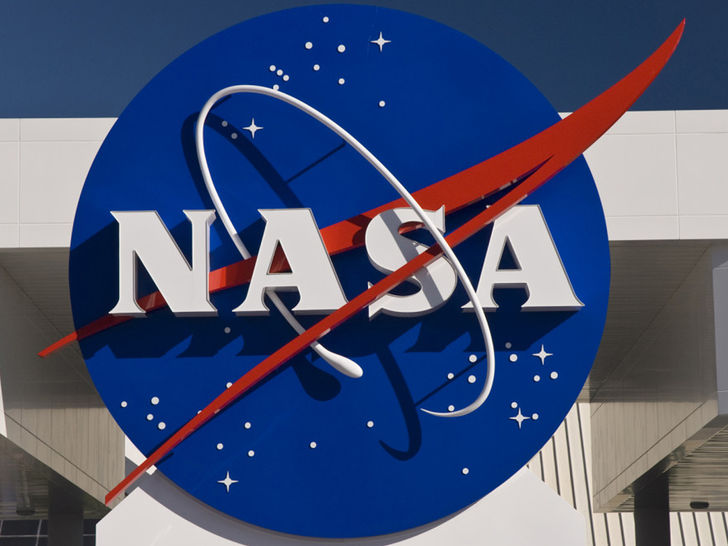
National Aeronautics and Space Administration (NASA)
NASA has led peaceful space exploration for more than six decades, discovering new things about Earth, other planets, solar systems, galaxies, and our cosmos. It is a separate entity that is not part of the executive branch that reports directly to the President of the United States. NASA has led most US space exploration activities since its inception, including the Skylab space station, the Space Shuttle, a partly reusable low-Earth orbiting spacecraft, and the most successful human spaceflight programme, the Apollo Moon landing missions.
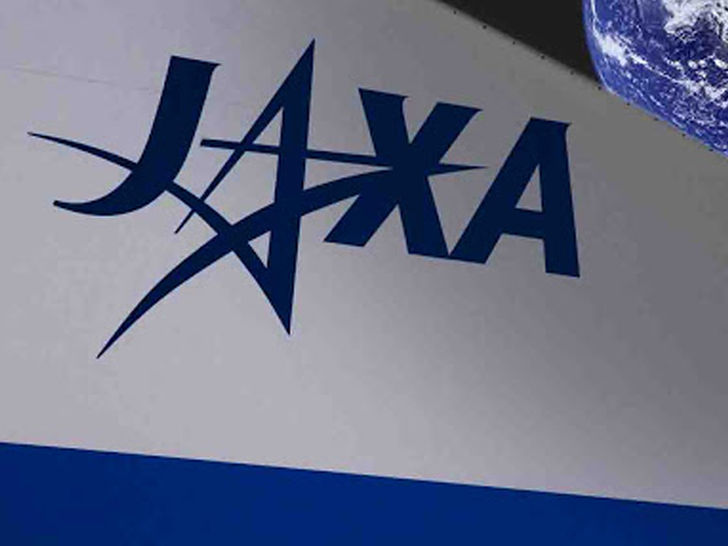
Japan Aerospace Exploration Agency (JAXA)
JAXA is a central performance organisation that performs coordinated operations, from basic research and development to deployment, to support the Japanese government's overall aerospace development. It's working on several advanced missions, including satellite launch, manned Moon exploration, and asteroid exploration. They've been heavily interested in the creation of satellites for other organisations. For weather forecasting, they launched the Multi-Functional Transport Satellite 1R in 2005. They deployed the second version of this satellite a year later to further direct air traffic. They also recently launched Kenya's first low-Earth orbit spacecraft.
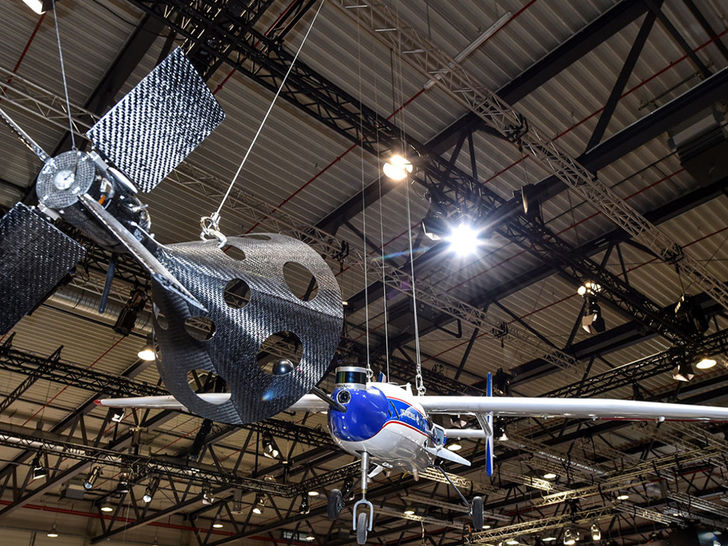
German Aerospace Center (DLR)
The German Aerospace Center works in the fields of space, aeronautics, transportation, energy, defence, and digitalization. It not only conducts its flights, but it also designs and executes the German federal government's space policy. The organisation is developing ultra-efficient, low-carbon dioxide power generation systems, as well as solar thermal power generation and renewable energy sources. They are preserving mobility, conserving money, protecting the environment, and improving transportation safety in the area of transportation. Galileo, the global navigation satellite system, Mars Express, and the Shuttle Radar Topography Mission are only a few of their main programmes.

Italian Space Agency (ASI)
Even though the Italian Space Agency was established in 1988, it drew heavily on the work of many accomplished Italian scientists and earlier national organisations. They launched their first large satellite experiment, BeppoSAX, in 1996 to study the universe in X-rays. Later, Cassini-Huygens, Mars Express, Mars Reconnaissance Orbiter, Venus Express, Juno, and XMM-Newton were among the main international space exploration programmes on which the agency partnered. Human spaceflight operations have also been undertaken by the Italian space industry. Its Shuttle Multi-purpose Logistics Module cargo containers are critical for holding and transporting instruments to the International Space Station.

